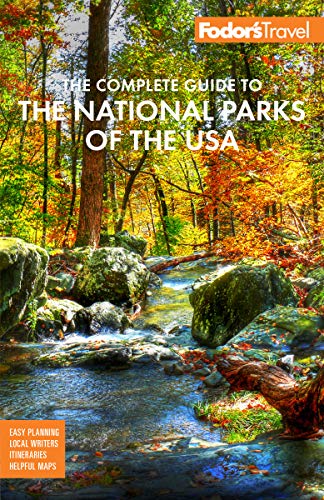Safety
Hawaii is generally a safe tourist destination, but it's still wise to stick to the same commonsense safety precautions you would normally follow in your own hometown. Hotel and visitor-center staff can provide information should you decide to head out on your own to more remote areas. Because their models and colors are obvious, rental cars are magnets for break-ins, so don't leave any valuables in them, not even in a locked trunk. Thieves watch these areas and can pop your hood and be gone in 60 seconds. Avoid poorly lighted areas, beach parks, and isolated areas after dark as a precaution. When hiking, stay on marked trails, no matter how alluring the temptation might be to stray; changing weather conditions can cause landscapes to become muddy, slippery, and tenuous, so staying on marked trails lessens the possibility of a fall or getting lost. This is especially true on the wetter, windward side. Heed warnings about dangerous currents in rivers and swimming holes.
Ocean safety is of the utmost importance when visiting any island destination. Visitors often get into trouble because the beach looks benign and they can't wait to get in the water so they throw caution to the wind and jump in. We urge you to avoid swimming if the conditions seem rough or dangerous. Most beaches on the Big Island do not have lifeguards. Unfortunately, most of the drowning deaths that occur in Hawaii are visitors—and this is not by chance. Winter brings higher, more dangerous surf, so please exercise caution. Don't swim alone, and follow the international signage posted at beaches, which alerts swimmers to strong currents, man-of-war or box jellyfish, sharp coral, high surf, sharks, and dangerous shore breaks. At coastal lookouts along cliff tops, heed the signs indicating that waves can climb over the ledges. Check with lifeguards at each beach for current conditions, and if the red flags are up, or if a high surf advisory has been issued by civil defense agencies indicating swimming and surfing are not allowed, don't go in. Waters that look calm on the surface can harbor strong currents and undertows, and not a few people who were "just wading" have been dragged out to sea and never seen again. When in doubt, don’t go out!
Women traveling alone are generally safe in Hawaii, but always follow the same safety precautions you would use in any major destination. When booking hotels, request rooms closest to the elevator, and always keep your hotel-room door and balcony doors locked. Stay away from isolated areas after dark. If you stay out late at a nightclub or bar, use caution when exiting and returning to your car or lodging; most establishments will be glad to give you an escort to your car.




